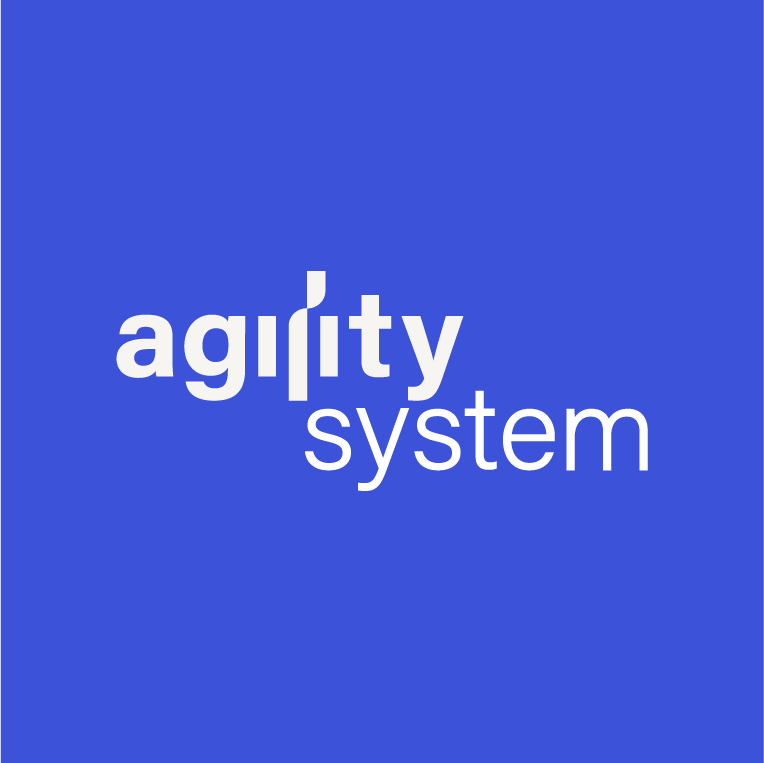What is document management
– and how can you do it better?
Agility System | 30.03.2021
Costs – and making sure they’re as low as possible – will always be a fundamental part of any business.
In companies where Quality, Health & Safety, and Environmental concerns are also central, document management can be expensive but essential.
So how do you keep those costs low without compromising on product quality, workforce safety or statutory compliance?
01
What is document management?
Industries governed by layers of regulation will inevitably mean businesses within them hold lots of paperwork – detailing everything from legislation to good working practices that must be followed.
Keeping on top of this (especially in terms of what is current and what is out of date) is necessary for the good of your business and your people.
But if it isn’t done efficiently then it can become a burden – on both your time and your finances – especially if the system you’re using is mostly manual or paper-based.
02
The true costs of poor document management
A recent survey showed the average manager can spend up to four hours per day on unstructured manual data entries, which lays bare the extent of the document management issues in many organisations.
At Agility System our first recommendation is usually to undertake a discovery exercise. This identifies the processes, procedures and supporting documents that each element of the business needs to deliver on their set goals.
When performed strategically, this discovery is guaranteed to remove the continuing costs of maintaining excess numbers of documents.
03
Discovering good document management
During a discovery exercise, each department, project or area is given assistance to design their own process overview. A collaborative approach like this increases ownership and supports innovation.
Often when we undertake discoveries, we find a third of documents are either out of date, unowned or no longer adhere to current working practice – often it’s even more.
Discovery is also vital if you’re thinking of introducing a digital process-based management system because helpful visual aids for your business, such as swim lane diagrams, work best after you’ve done your due diligence first.
04
Process mapping helps simplify document management
This mapping of your core and supporting processes increases visibility of your actual working practices and provides a platform for improvement, alongside your document management.
Your processes affect every member of your workforce, in every area of your business, so they’re an essential element when it comes to delivering growth for your company.
There are so many benefits to process mapping, including:
- Improving your visibility over all actions that may otherwise go unnoticed
- Remove poor working practises, duplicated actions, and bureaucracy
- Clarifying responsibilities, risks and compliance obligations
- Providing collaborative working processes across departmental and regional boundaries
- Removing frustrations by improving practices throughout your organisation
- Driving continuous and overall improvement
